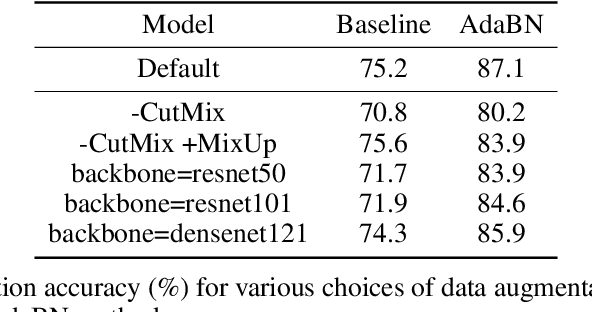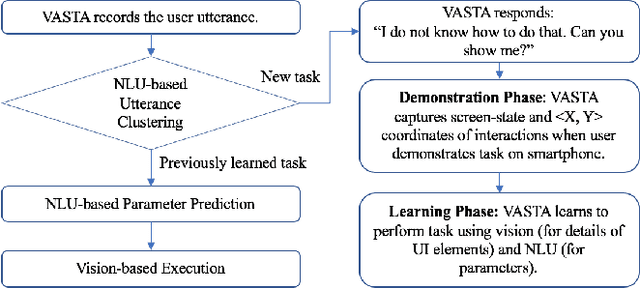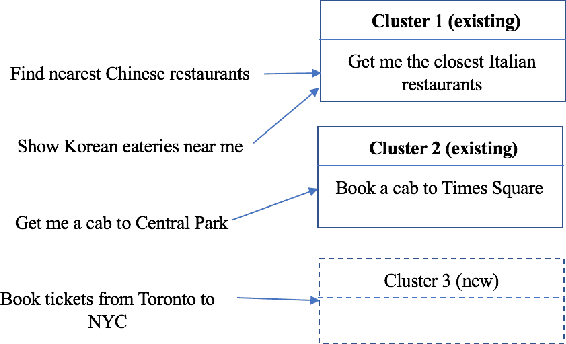Alborz Rezazadeh Sereshkeh
RxRx1: A Dataset for Evaluating Experimental Batch Correction Methods
Jan 13, 2023



Abstract:High-throughput screening techniques are commonly used to obtain large quantities of data in many fields of biology. It is well known that artifacts arising from variability in the technical execution of different experimental batches within such screens confound these observations and can lead to invalid biological conclusions. It is therefore necessary to account for these batch effects when analyzing outcomes. In this paper we describe RxRx1, a biological dataset designed specifically for the systematic study of batch effect correction methods. The dataset consists of 125,510 high-resolution fluorescence microscopy images of human cells under 1,138 genetic perturbations in 51 experimental batches across 4 cell types. Visual inspection of the images alone clearly demonstrates significant batch effects. We propose a classification task designed to evaluate the effectiveness of experimental batch correction methods on these images and examine the performance of a number of correction methods on this task. Our goal in releasing RxRx1 is to encourage the development of effective experimental batch correction methods that generalize well to unseen experimental batches. The dataset can be downloaded at https://rxrx.ai.
VASTA: A Vision and Language-assisted Smartphone Task Automation System
Nov 04, 2019



Abstract:We present VASTA, a novel vision and language-assisted Programming By Demonstration (PBD) system for smartphone task automation. Development of a robust PBD automation system requires overcoming three key challenges: first, how to make a particular demonstration robust to positional and visual changes in the user interface (UI) elements; secondly, how to recognize changes in the automation parameters to make the demonstration as generalizable as possible; and thirdly, how to recognize from the user utterance what automation the user wishes to carry out. To address the first challenge, VASTA leverages state-of-the-art computer vision techniques, including object detection and optical character recognition, to accurately label interactions demonstrated by a user, without relying on the underlying UI structures. To address the second and third challenges, VASTA takes advantage of advanced natural language understanding algorithms for analyzing the user utterance to trigger the VASTA automation scripts, and to determine the automation parameters for generalization. We run an initial user study that demonstrates the effectiveness of VASTA at clustering user utterances, understanding changes in the automation parameters, detecting desired UI elements, and, most importantly, automating various tasks. A demo video of the system is available here: http://y2u.be/kr2xE-FixjI
 Add to Chrome
Add to Chrome Add to Firefox
Add to Firefox Add to Edge
Add to Edge